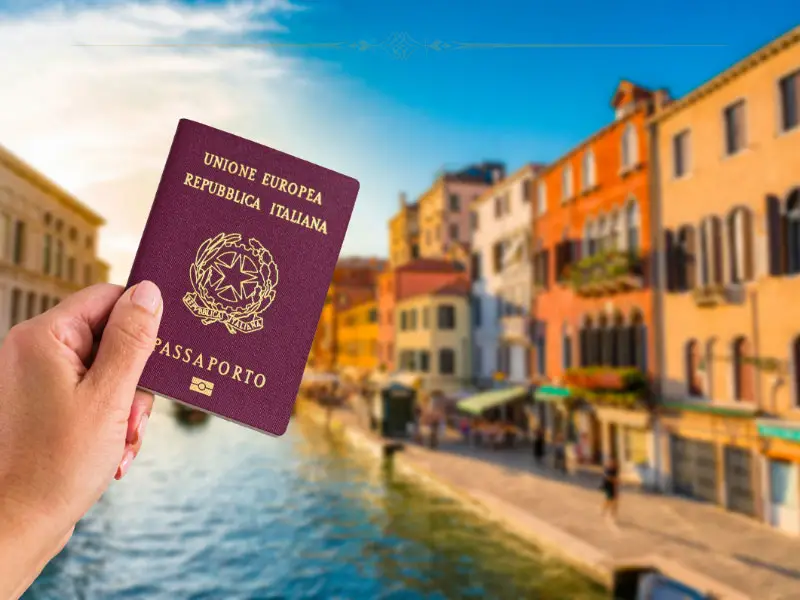For thousands of people worldwide, the dream of living in Italy might be closer than they think. A lesser-known pathway to Italian citizenship exists through ancestry, potentially opening doors to not just Italy, but the entire European Union. Here’s everything you need to know about turning your Italian heritage into a passport.

Could You Be Italian Without Knowing It?
The Italian government recognizes citizenship by descent through a principle called “jure sanguinis” – right of blood. This means that if your ancestors were Italian citizens, you might automatically qualify for citizenship, even if you’ve never set foot in Italy.
The Golden Year: Why 1861 Matters
Your eligibility journey starts with a crucial date: March 17, 1861. This was when the modern Italian state was established, and it’s the key date for ancestry claims. If your Italian ancestor was born after this date, you’re potentially eligible for citizenship.
Key Requirements That Make or Break Your Application
The Mother Line Mystery
One of the most interesting aspects of Italian citizenship by descent involves maternal lineage:
- Claims through Italian mothers are only possible for descendants born after January 1, 1948
- This creates what’s known as the “1948 Rule” among citizenship seekers
- Special court cases exist for those affected by this restriction
The Citizenship Chain
Your claim depends on an unbroken chain of Italian citizenship. Here’s what could break it:
- If your ancestor voluntarily became a citizen of another country before August 16, 1992
- If they naturalized in another country before their child was born
- If they acquired citizenship of another country through marriage (for women before 1948)
The Modern Twist: Why People Are Rushing to Claim Now
Recent global events have sparked increased interest in Italian citizenship by descent:
- Access to the entire European Union
- Healthcare benefits
- Educational opportunities
- Business advantages
- Property ownership rights
- Remote work possibilities
The Application Process: What You Need to Know
Document Hunt
Success hinges on gathering the right documents:
- Birth certificates of all family members in the line
- Marriage certificates
- Death certificates
- Naturalization records (or proof they never naturalized)
- All documents must be legally authenticated
Timeline Reality Check
The process isn’t quick:
- Standard processing time: Up to 24 months
- Can extend to 36 months in complex cases
- Additional time needed for document collection
Cost Considerations
- Application fee: 300 EUR
- Document authentication costs
- Translation expenses
- Possible legal assistance fees
Success Stories and Common Pitfalls
What Works
- Starting document collection early
- Working with professional translators
- Maintaining organized records
- Being patient with the process
What Doesn’t
- Incomplete documentation
- Inconsistencies in names or dates
- Missing translations
- Incorrect authentication
Next Steps: Starting Your Journey
- Research your family tree
- Identify your Italian ancestor
- Verify key dates and locations
- Begin document collection
- Consider professional assistance
- Submit application in your country of residence
The path to Italian citizenship through descent might seem complex, but with proper planning and documentation, it could be your gateway to European living. As more people discover their eligibility, the process becomes more streamlined, though patience remains key.




